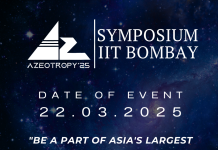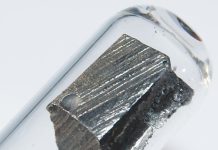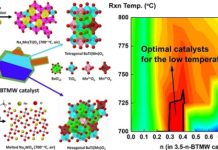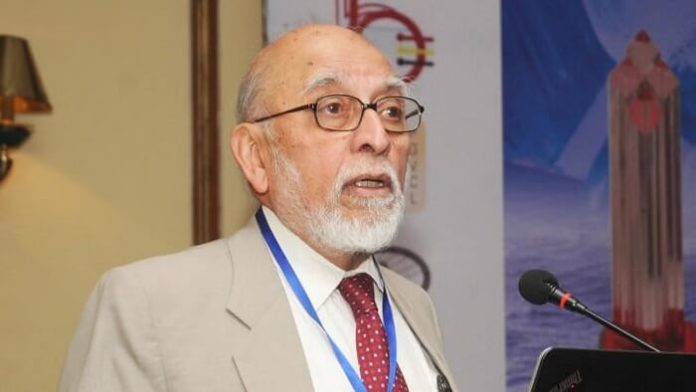Dr. Malur Ramasamy (M. R.) Srinivasan, a towering figure in India’s nuclear energy development and former Chairman of the Atomic Energy Commission, recently passed away at the age of 95. Widely regarded as one of the key architects of India’s civilian nuclear power programme, Dr. Srinivasan contributions spanned over six decades and laid the foundation for India’s self-reliance in nuclear technology.
A Distinguished Academic Journey
Born in January 1930, Dr. Srinivasan completed his early education in Mysore before enrolling at the engineering college established by Sir M. Visvesvaraya (now UVCE). He earned his Bachelor’s degree in Mechanical Engineering in 1950 and later pursued a Master’s in Gas Turbine Technology from McGill University, Canada, graduating in 1954.
Early Career and Work with Homi Bhabha
Dr. Srinivasan began his career in September 1955, joining the Department of Atomic Energy (DAE). He worked alongside Dr. Homi Bhabha, the father of India’s nuclear programme, on Apsara—India’s first nuclear research reactor—which achieved criticality in August 1956. This marked the beginning of his lifelong mission to advance India’s nuclear capabilities.
Leadership in Reactor Development and Power Projects
In 1959, the Department of Atomic Energy appointed Dr. Srinivasan as Principal Project Engineer for constructing India’s first atomic power station. By 1967, he took charge as Chief Project Engineer of the Madras Atomic Power Station. In this role, he played a pivotal part in advancing India’s shift toward indigenous nuclear power technologies. In 1974, the DAE promoted him to Director of the Power Projects Engineering Division. His leadership in this role accelerated the country’s nuclear power capacity.
Leading India’s Nuclear Programme
Dr. Srinivasan’s career culminated in a series of top leadership positions. In 1984, he became Chairman of the Nuclear Power Board, overseeing all facets of planning, executing, and operating nuclear projects nationwide. In 1987, the government appointed him Chairman of the Atomic Energy Commission and Secretary of the Department of Atomic Energy. Under his stewardship, India consolidated its nuclear infrastructure and advanced toward energy self-sufficiency.
Legacy and Honours
Dr. Srinivasan was conferred with the Padma Vibhushan, India’s second-highest civilian award. His vision and leadership were instrumental in advancing India’s nuclear capabilities. He helped make India one of the few countries capable of designing and operating Pressurised Heavy Water Reactors (PHWRs). This milestone continues to power India’s energy ambitions.
A Life Dedicated to Science and Nation-Building
Dr. M. R. Srinivasan’s passing marks the end of an era in Indian science and technology. As reported by msn.com, his legacy lives on in the robust nuclear infrastructure he helped build. He also inspired generations of scientists and contributed to India’s continued progress toward energy security.

































